Our collective dissonance between reality and our perception of it really demonstrates that we aren’t great students of history. Despite The Daily Mail’s best efforts to convince us of its miserable worldview, the truth is that the historical record proves that we have solved most of history’s pressing issues to the point that we kind of overdid it.
Nowadays you are more likely to die of obesity than starvation, more people kill themselves than are being killed by soldiers, terrorists or criminals, and today’s average hot hatch can outpace the supercars of past decades while effortlessly ferrying the family to junior’s recital. You don’t even need to sell your left testicle to have a truly fun and exciting car in your garage, but hey, what do the proles know?
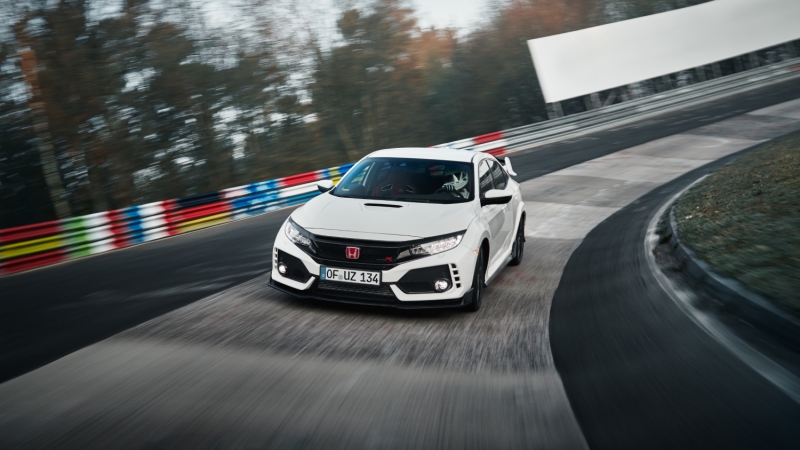
That isn’t to say that there aren’t any exceptions to the rule. There are a few human achievements that we simply couldn’t do better because it was too difficult to accomplish as circumstances changed. There was a time when we had supersonic travel, walked on the moon, and the McLaren F1.
26 years have elapsed since the McLaren F1 stepped into the supercar world and humbled the establishment, and any piece of motoring literature since cannot seem to stop fawning over the darling from Woking. Of course, there is so much right about the F1.
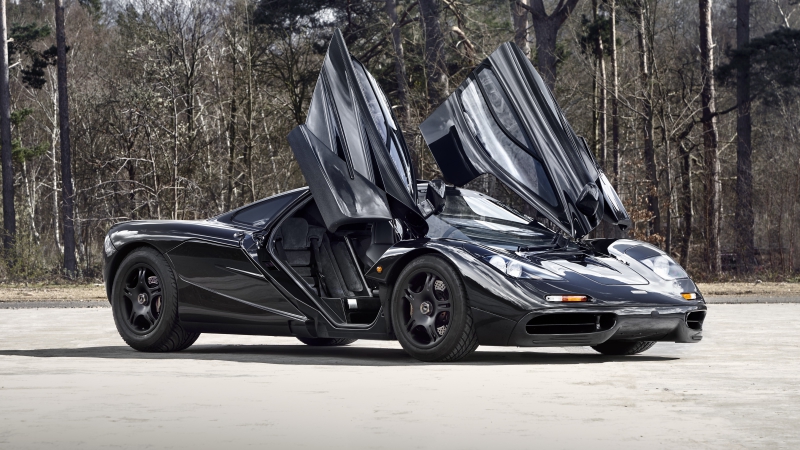
Its 461kW BMW-developed V12 engine was a masterpiece, its carbon-fibre chassis was revolutionary for a road car, its central seating position was sensational, and its rarity and price was breathtaking even for the world’s wealthy. The five lightly-modified F1’s that finished at the 1995 24 Hours of Le Mans gilded the car’s star power in the hearts of every enthusiast even further.
Many attribute the F1’s success to its utter dominance of the speed record for seven years, but that isn’t all there is. Despite its record being surpassed, and the technology behind it made antiquated in today’s world of hybrid sophistication and exotic composites, for enthusiasts, no other car since has made such a lasting impression.
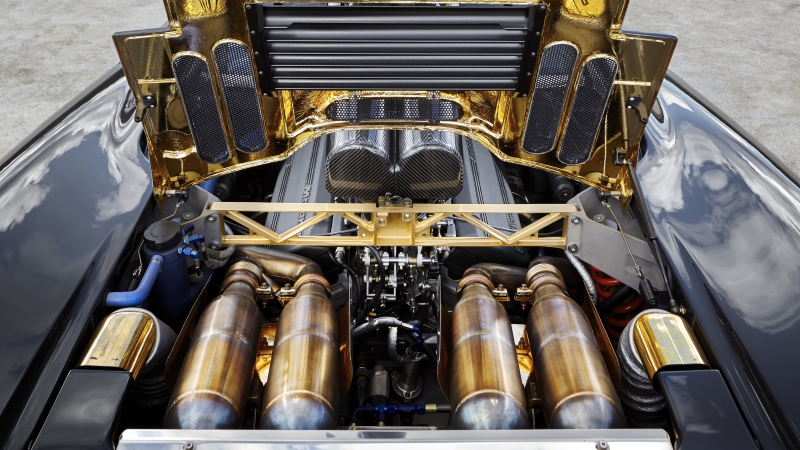
For many enthusiasts, it still is the ultimate supercar, the magnitude of their achievement is such that even McLaren themselves haven’t been able to deliver something worthy enough to be considered a true spiritual successor in 2019.
Perhaps the only person that can deliver a true spiritual successor to the F1 is none other than the F1’s creator, Gordon Murray. Well good news true believers as Murray himself says that he is indeed working on a proper successor to his McLaren creation, complete with everything that made it great in the first place, a naturally-aspirated V12 engine, manual transmission, and a central seating position. Better yet, he says that he will be able to get its weight under 1000kg and be able to meet modern crash safety standards.

Murray says that there is more substance to his vision than whimsical posturing as he has is already working with a supplier for his engine and that the car will be launched next year, though he is still hopeful in finding the right partners to put his project into production. As explained here before, as much as an engineering genius Murray is, he hasn’t been as successful in convincing investors to climb on board his venture.
Like any great works of creative ingenuity, an artist needs a backer. Michelangelo would have never had the canvas to immortalise himself if not for the patronage of the Vatican. Likewise, Murray was at the right place, proving himself at McLaren with his race-winning designs, and at the right time too, just as the team were wrapping up their most dominant season ever. Murray managed to convince not only team boss Ron Dennis of his vision of a three seater supercar, but, more crucially, the company’s money man, Mansour Ojjeh; who was himself keen on producing a road car inspired by Formula One. Imagine if this scenario had played out at Ferrari. The Italians would have thought this moustachioed Pom from Africa had insulted their supercar building capabilities and told him to get bent.

It remains to be seen if lightning will strike twice and a real manufacturer takes up Murray up on his project. Besides, for those waiting to see a once in a generational car like the F1, the good news is that this year the automotive world will indeed see the dawn of two hypercars that are very likely to evoke the spirit of the F1, the AMG One and the Aston Martin Valkyrie.
Both cars are expected to make the hybrid hypercars from Ferrari, McLaren, and Porsche look like a bunch of rank amateurs, bringing within each the purest interpretation of Formula One know-how to the road ever, though the method of ‘interpretation’ differs greatly between the two.
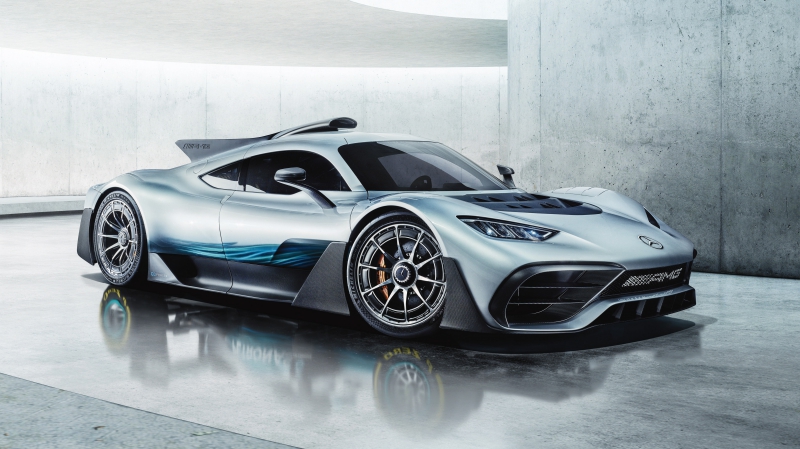
AMG says that the One is the real deal, a two-seater mid-engine road car that has the same Formula One engine that is used in Hamilton’s silver weekend chariot. Its 1.6-litre V6 turbocharged engine features the same split-turbocharger arrangement as the dominant Mercedes-AMG F1 cars, with the exception of a lower rev limit and tolerance for commercial grade fuel.
With the engine coupled to a plug-in hybrid system that feeds a trio of electric drive motors, the One’s powertrain is said to deliver a total system output of over 740kW, more than enough to catapult its occupant from a standstill to 200km/h in ‘less than six seconds’ and onwards to a Vmax figure of 350km/h. Owners can even expect competition life expectancies with AMG recommending 50,000km engine rebuilds.
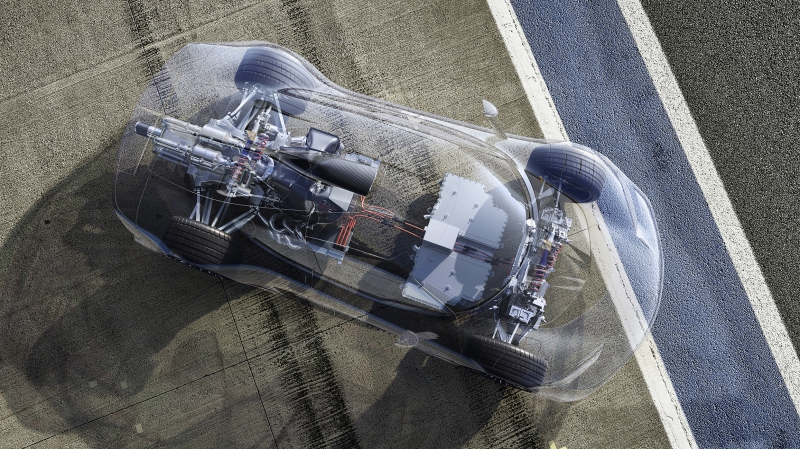
By comparison, the Valkyrie boasts no such direct physical lineage to Formula One as the One. Aston Martin is largely a sponsor of the Red Bull Formula One team by name, and not a chassis or engine developer like the AMG Formula One team is. However, Aston’s relationship to Red Bull does grant them access to one key resource, or to be more exact, talent.
Like Murray, Adrian Newey is perhaps the greatest Formula One engineer of his generation, with a proven track record of building championship-winning cars for multiple teams. The only difference between the two men is that Newey’s speciality leans towards the dark arts of aerodynamics, whereas Murray has a knack for packaging and has proven experience in designing road cars, and it shows in the Valkyrie’s slender shape that it designers claim will be able to generate an astounding 1800kg of downforce – a bit of an overkill for something expected to have a sub-1000kg kerb weight.
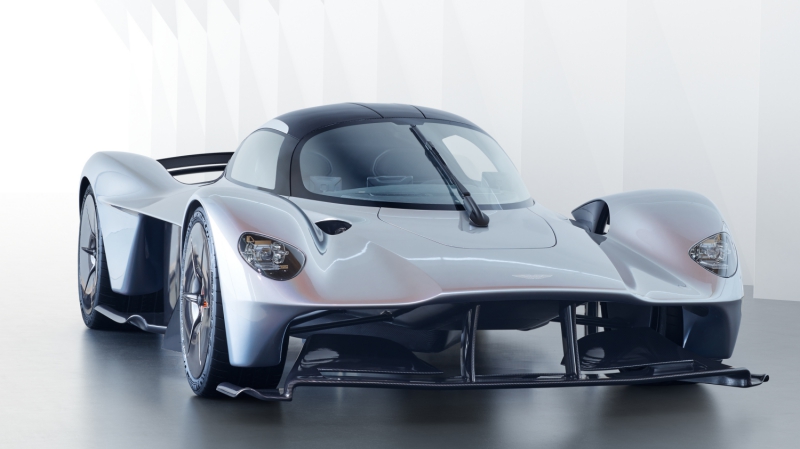
That isn’t to say that the Valkyrie isn’t going to be packing some serious weaponry. Though it might not have an engine lifted straight out of a Formula One racer, it has a Cosworth-developed naturally-aspirated 6.5-litre V12 engine that will punch out 735kW at 10,500rpm and mated to a Rimac-developed hybrid system that will bring in an additional 118kW to deliver a total system output of 853kW. All of which will be sent just to the rear wheels. Lovely.
Being a clean-sheet design, the Cosworth engine also features a number of motorsports-inspired engineering, such as designing the engine to be a structural component that connects the cockpit monocoque to the rear structure without the aid of any additional subframe, and the engine’s four cams are driven by gears, not chains, which allows the engine to operate reliably at engine speeds of over 10,000rpm.
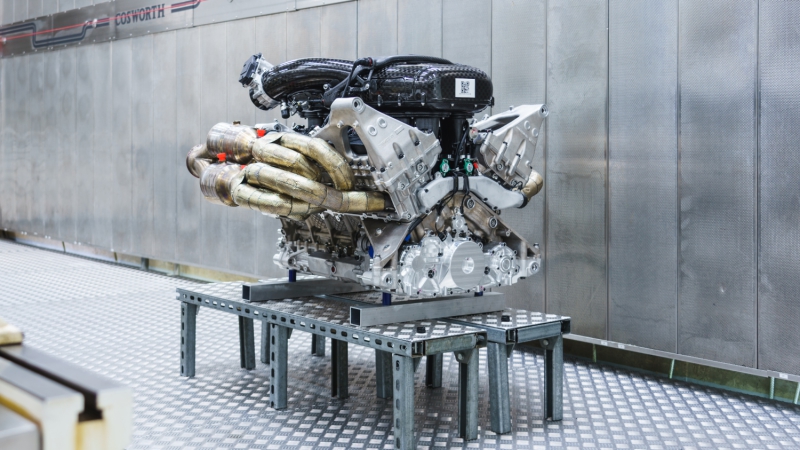
Aston Martin’s choice for keeping away from force-induction is obvious as it allows Newey to deliver a more compact package, giving drivers an immediate throttle response, and not to forget, treat its occupants to its unhindered vocal range, similar in spirit to how the BMW-built V12
Neither car has yet to enter production – production for both is expected to commence in the second half of this year – but if the spiritual qualities are determined by philosophy, Aston Martin’s unbridled attempt to utilise Formula One tech in building what they see as the “greatest driver’s car” and their uncompromising engineering approach to a road-going car, echos what Murray and McLaren set out to do with the F1.
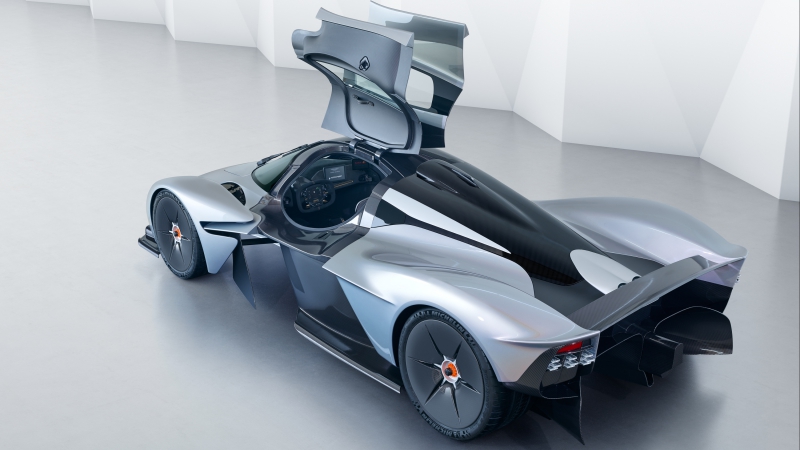
By comparison, AMG’s goal with the One to bring a Formula One engine to the road has more in the spirit of the F1’s scarlet rival, the Ferrari F50. Because, if there is another thing history has warned those who are unaware of it, is that we are certainly doomed to repeat things. Though, all things considered, there is no better time period in car history to relive than the era of the F1. See, the present day isn’t as bad as it seems.

